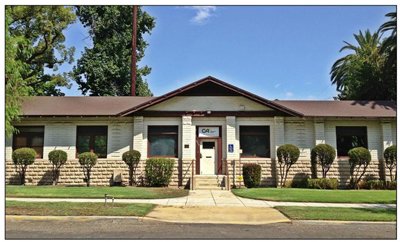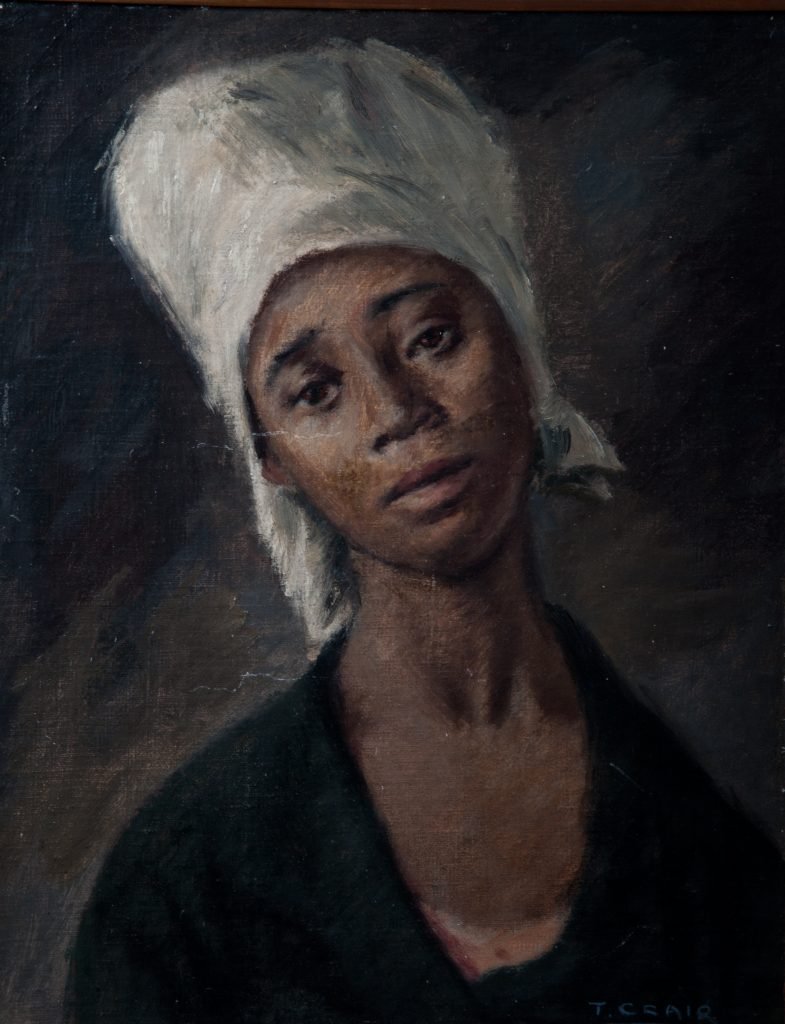Since 1941, the Chaffey Community Museum of Art (CCMA) has been sharing the gift of visual art with artists and residents of the inland communities of Southern California. First founded as an art association, CCMA has since grown into an important regional museum that provides public access to fine art and supports the local artistic community.
CCMA’s mission is multi-dimensional. Like all museums, our Permanent Collection is held in the public trust, and selections are always on display in the Museum’s Line Gallery so they can be enjoyed by its visitors.
Additional facets of CCMA’s mission are to:
Admission to the Museum is always free.
Hours of operation are:
There is ample parking available.
When you want to visit an Ontario Art Museum, CCMA is located at 217 S. Lemon Ave., Ontario, California. We’re one block east of Euclid Ave., and two blocks south of Holt Blvd., across the parking lot from the Museum of History & Art.
CCMA is located in the historic 1919 Ontario Power Company building in the Arts District of downtown Ontario. Over the years, the building has served a variety of uses, including the offices of the Southern California Edison Company, the headquarters of the Police Department, the Model Colony Room, and even the venue for the West End Symphony Orchestra. CCMA’s tenure began in January 2013.

The CCMA was originally founded in 1941 as the Chaffey Community Art Association. One of only a few public fine art galleries in the Inland Empire, CCMA displays works from its Permanent Collection of watercolors in the California Style as well as works by prominent regional artists dating from the 1920s to the present.
The Museum was founded by Francis and Helen Line after a personal tragedy — the death of their 8-year-old daughter Barbara Claire from leukemia. Their initial gift of nine paintings, known as the Barbara Line Memorial Collection, has been expanded over the years through purchase prize competitions and gifts of artists and art supporters.
Francis Line was a filmmaker, author, and world traveler. He gained popularity by making travel films that he showed to schools and organizations, accompanying the films with a lecture about his adventures. In 1943 the Lines left Ontario and relocated in Eagle Rock. They purchased the eagle rock – a massive boulder at the city’s northern edge containing an indentation that casts a bird-shaped shadow on the rock at certain times of day – and surrounding 20 acres and lived in Eagle Rock for the next 17 years before moving to Capistrano Beach.

Besides traveling to gain material for his films, Francis and Helen visited young artists in California and other western states, encouraging their work and often buying their paintings. The Barbara Line Memorial Collection consists of representative pieces from the Lines’s private collection, including Desert River by Conrad Buff (whose great grandson was the film editor of the blockbuster movie Titanic); Louise by Thomas Craig (who was the son of a local practicing physician); Blue House by Thomas Craig; Storm at Sequoia by Emil Kosa, Jr.; Mineral King by Paul Lauritz; After the Sing by Marjorie Reed Lindgren; Barbara by Marion Olds; Iron Mountain by Clyde Scott; and Dorothy by Anna Wilson.
The Lines grew the collection by promoting a Purchase Prize of Contemporary American Painting in Ontario and held the first exhibit in October 1941 in the girl’s gymnasium at Chaffey High School. Artists submitted paintings for acceptance into the exhibit, and one was chosen as “best of show”. The prize was a cash purchase of the painting – hence the name. The annual competition continued until 1963 when Chaffey High School could no longer host the exhibits. In addition to annual Purchase Prizes, the Collection grew through donations by artists and art supporters to expand to new artists, media, styles and themes. Additional collections include Pigs to Pig Iron, Harriet White and the Robert George Memorial Collection.
Helen Line passed away in 1993 and is buried in Bellevue Cemetery near her daughter Barbara. Francis Line passed away in 1999 and is also buried in Bellevue Cemetery. Upon his death, he bequeathed $50,000 to CCMA. His younger daughter Adrienne Line Knute, herself an author, resides in New Mexico.
For nearly four decades, CCMA was the Ontario Art Museum “without walls” because it didn’t have a permanent location to show its collection. That changed when the Museum of History and Art was founded and housed in the former City Hall complex on Euclid Avenue. CCMA was invited to provide the art program there and for 20 years put on high quality exhibits and programs. CCMA celebrated its 40th anniversary in 1981 in its new home with an exhibit entitled Watercolor I featuring Rex Brandt, Phil Dike, Phil Paradise, Millard Sheets, Robert E. Wood and Milford Zornes.
The co-location with the city’s Museum of History and Art continued until 2000 when their needs outgrew the space. At the invitation of the J. Filippi Winery, CCMA moved to the north wing of the winery, providing an opportunity to explore the synergism of fine art and fine wine.
In 2012, thanks to the foresight of the City Council and the City Manager, the City of Ontario invited CCMA to become part of its downtown Arts District. We have a 20-year lease on the historic 1919 Ontario Power Company building on Lemon Street, directly to the east of the Museum of History and Art. With its 12-foot high ceilings and north-facing sawtooth roof line with clerestory windows, the building is an ideal venue to view art. CCMA re-opened in its first solo location in September 2013.
The building has four galleries: the Main Gallery and South Gallery whose temporary exhibits change every two months on a rotating schedule; the Spotlight Gallery exhibiting the work of a member artist for a month; and the Line Gallery showing selections from the Permanent Collection, changing quarterly. Receptions for opening exhibits are held monthly on Sunday afternoon from 2 to 4 pm. For a schedule of current exhibits, click here.
Copyright © 2024 Chaffey Community Museum of Art
All Rights Reserved